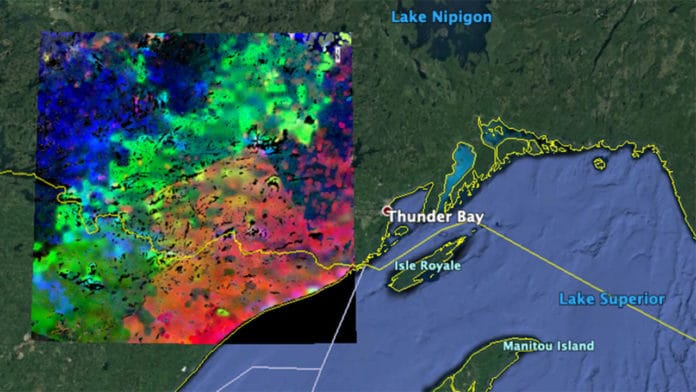Plants don’t have a central nervous system, which is an essential regulator of sleep in humans. But they do tune themselves to a 24-hour circadian rhythm, just like you. And they do shut down specific processes, like photosynthesis, when the sun goes down, shifting their focus instead of delivering glucose (sugar) throughout the plant.
NASA‘s ECOsystem Spaceborne Thermal Radiometer on Space Station (ECOSTRESS) can see plants waking up from space. It can detect plant behavior in such a way that can be especially helpful to resource managers and farmers, who can use the data to determine how much water their crops need, which ones are most water-efficient and which ones aren’t getting enough water, even before they show visible signs of dehydration. What’s more, the instrument can provide this data on a global scale over areas as small as a football field.
Launched to the International Space Station in June 2018, the ECOSTRESS recently took an image that is showing plants waking up west of Lake Superior near the U.S.-Canada border.
Plants in the red and pink areas began to awake at around 7 a.m. local time. Those in green areas awoke closer to 8 a.m., and those in blue areas, closer to 9 a.m.
For this image, the mission team gathered and combined the entirety of ECOSTRESS’s morning data for the summer season. In doing as such, they saw that the earliest risers were close to the lake, with plant activity spreading gradually northwestward as the morning progressed.
